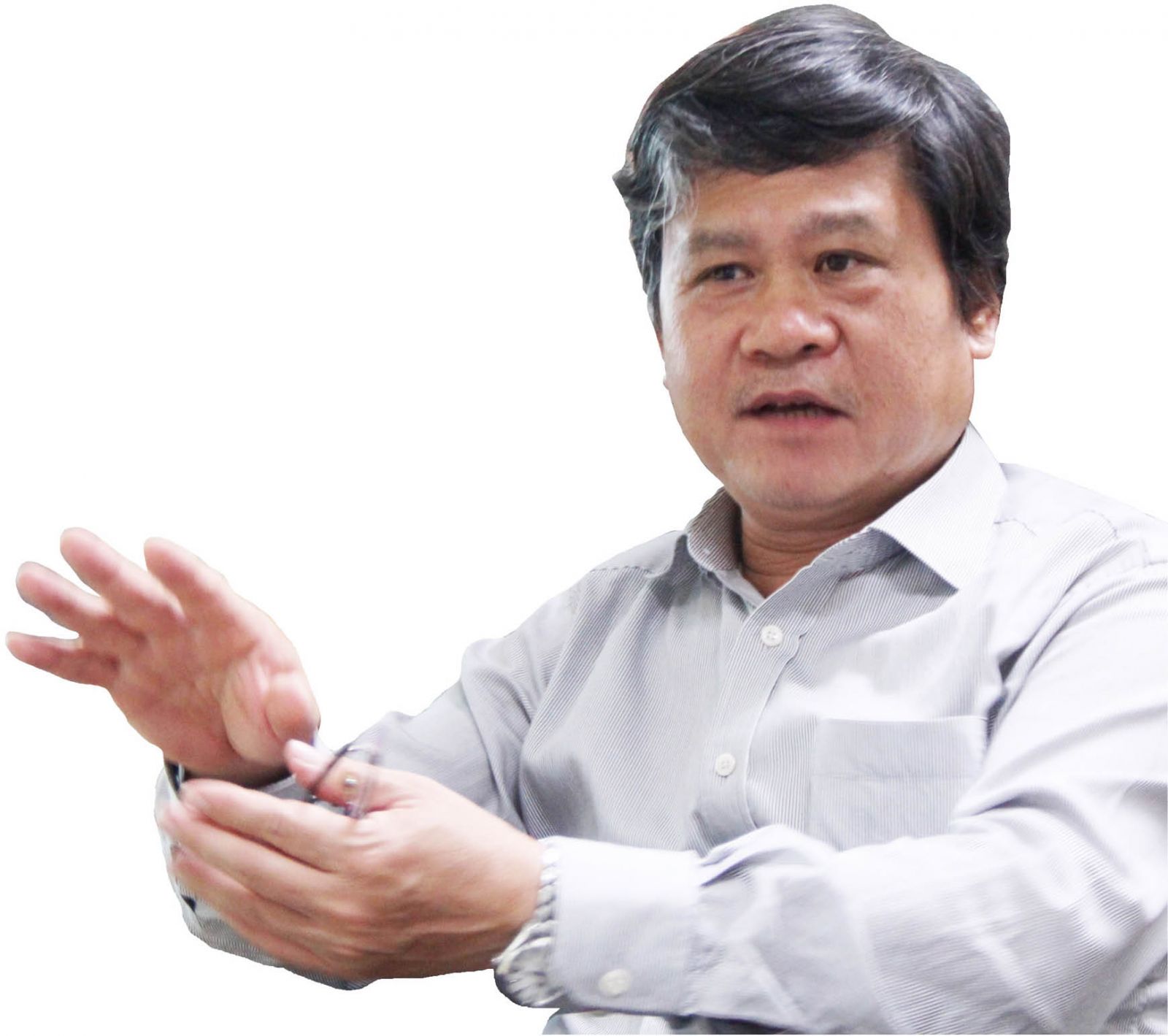
Mr. Nguyen Van Thanh, Chairman of Hue City People's Committee. Photo: Phan Thanh
Despite the efforts of the province and the city in developing the urban landscape, it is somehow believed that Hue is underdeveloped. What do you think about this opinion?
I think it’s true to a certain extent. Hue is underdeveloped or undeveloped because the heritage areas cannot be invested in or renovated. And in some sense, no development is seen as a good sign as we could preserve the heritage for our children and grandchildren.
In the wards of the Citadel, restrictions are imposed on constructions’ height and setback line, as well as land parcel split. Therefore, in 10 years or more, the area within the Citadel should see little change.
Likewise, in the buffer zone, urban development is also inadequate to limit impact on the relic areas. Yet, this is prudent to safeguard the heritage city.
What about other areas, sir?
The restriction of construction as I mentioned above is only enforced in the relic areas and the buffer zones; other areas such as the southern bank of the Huong River still prioritize investment in urban development. The recent years have witnessed a comprehensive development of Hue city, especially in infrastructure, transportation, trees, sidewalks, green spots, and parks. Yet I have to admit that the city’s development has not met expectations.
Perhaps both objective and subjective factors are to be blamed, but we should take on our responsibility for the city’s situation.
So, what have you done and will do for Hue city’s future growth?
The municipal leaders are always concerned about and consistent in the ideas and actions to develop Hue city in terms of infrastructure investment such as road network, embankment, trees, and urban lighting.
We target at one-off investments for long-term use and not to bring down the level of investment that may risk the quality of the constructions.
Has the idea been put into practice, sir?
Many constructions have conformed to this regulation, such as the sidewalks on Le Loi, To Huu street, and the tourist quarter, paved with stone to limit damage despite the impact of other ongoing projects. For constructions invested by the city’s units and departments, we always require them to strictly observe the regulation.
For schools, we also require investment in desks, chairs, and equipment for teaching to ensure quality. For example, instead of choosing low-grade wooden desks and chairs, we invest in higher-grade material to prevent termites and increase the furniture’s durability.
The city also manages to operate and maintain public works effectively to avoid state budget waste. Instead, resources will be focused on more important programs and projects; the most important of which is to gather resources for Hue city’s urban development.
Can you elaborate on these resources?
In addition to the state budget, we also rely on the socialization of resources. Recently, Thanh Cong advertising enterprise has invested to renovate and transform the aesthetic look of an area where there used to be an old gas station on Hung Vuong-Ben Nghe intersection.
Hue city is also proactive in embellishment plans through very small and less-expensive changes that could transform the urban image, such as maintaining Tu Tuong and Ly Tu Trong parks. We would also apply this maintenance experience onto other future projects.
With regards to projects in many other fields, we all call for the cooperation of businesses and individuals, and promising results have been seen in lighting and public toilet investment and operation projects. The use and management of public toilets in Tu Tuong park has proved successful, and this is a replicable project model.
Or, as for lighting, we also encourage people and businesses, as well as state agencies to light up every night on holiday occasions to make the city brighter.
Are you talking about socialization resource in urban lighting?
The socialization plan in lighting has been deployed widely and for a long time. The government does provide funding for lighting activities, but socialization is necessary. Therefore, the Municipal People's Committee has long issued a document calling for lighting socialization, thanks to which many businesses and people could contribute to beautify Hue.
Thank you, sir!
|
"Can you talk more about “Greenness and sustainability "- the prime goal throughout Hue urban development? As a heritage city, Hue has to be at a disadvantage to preserve its landscape. Moreover, the province has concurred that Hue city’s development should adopt a sustainable and environmentally friendly manner; so there has been consistency in investment calls, that is, not to sacrifice the environment for any project. In any project, even if it is just a small renovation work, we always prioritize greenness and sustainability. We thus want to have a consistent cooperation from all departments in the locality because not all projects are invested and managed by the city. Only when there is unity can Hue urban infrastructure ensure synchronization. However, on our own responsibility, we will strive our best to make Hue city greener and more beautiful. At first, the focus is on embellishing the two banks of the Huong river, and the North bank’s transformation plan would follow to foster connectivity of the riversides and Hue city’s landscape synchronization. |
By Tam Hue
